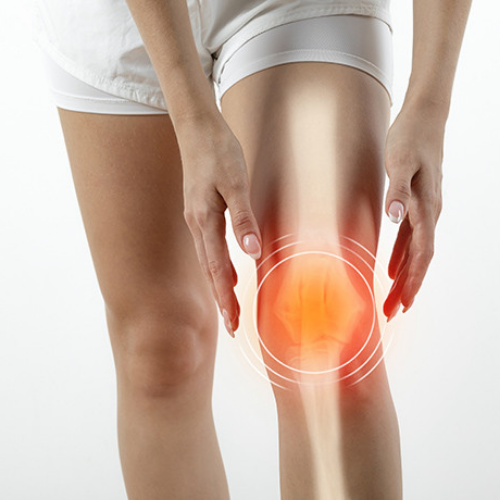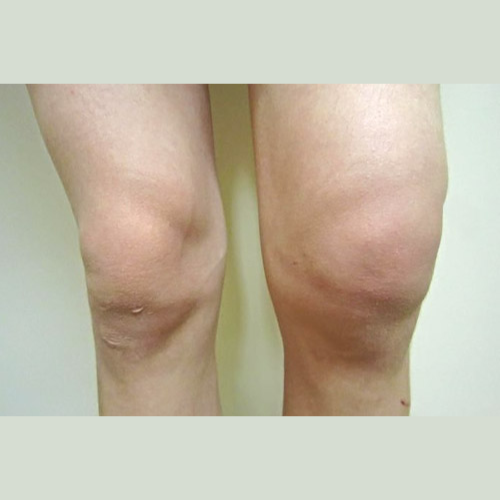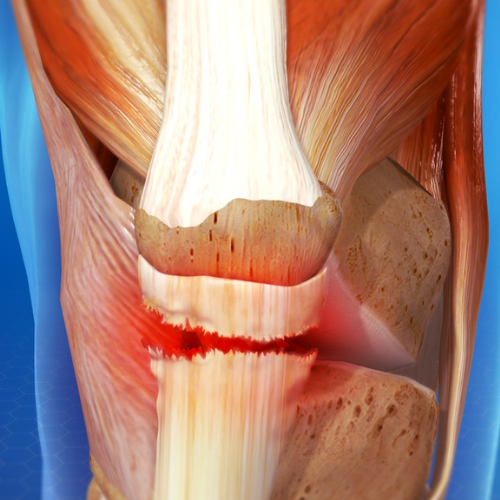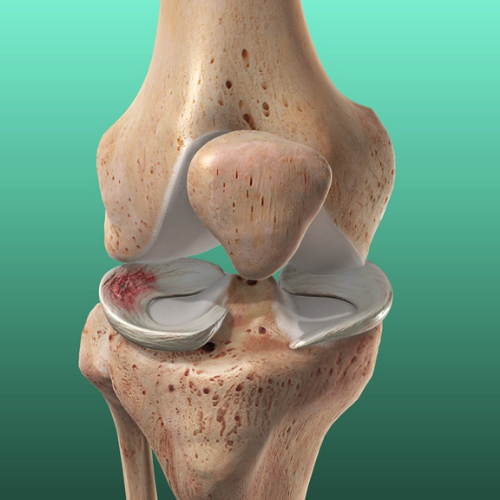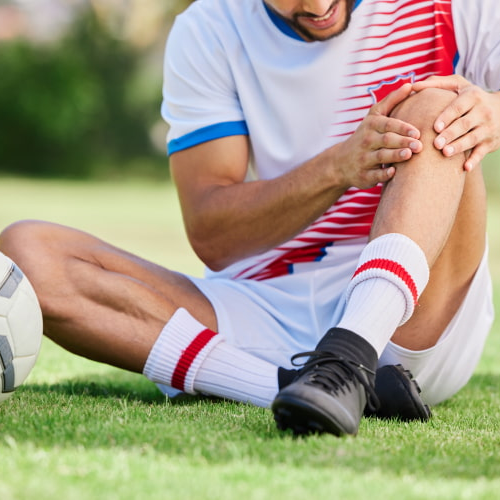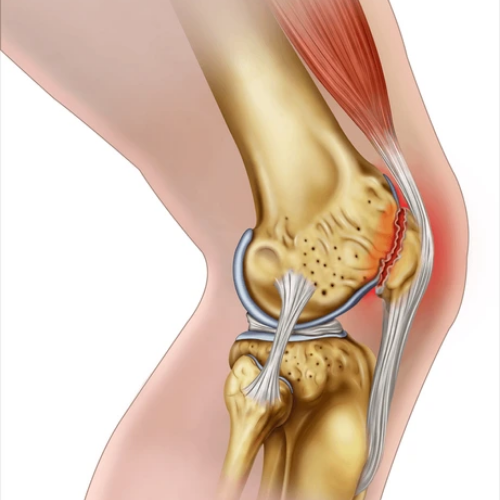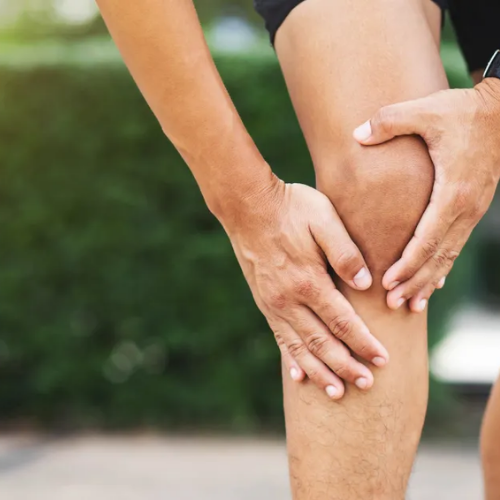Working Time
Book Appointment
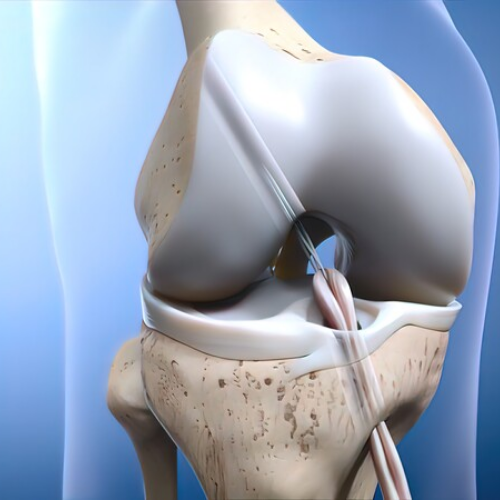
Knee ligament injuries are common and can significantly impact the stability and function of the knee joint. Two major types of knee ligaments often affected are the Anterior Cruciate Ligament (ACL) and the collateral ligaments (medial collateral ligament, MCL, and lateral collateral ligament, LCL).
ACL Tears:
The ACL is a major ligament in the knee that provides stability by preventing excessive forward movement of the tibia (shinbone) in relation to the femur (thighbone). ACL tears often occur during sports activities that involve sudden stops, changes in direction, or direct impact to the knee.
Collateral Ligament Injuries: The collateral ligaments of the knee include the medial collateral ligament (MCL) on the inner side of the knee and the lateral collateral ligament (LCL) on the outer side of the knee. These ligaments provide stability to the knee joint and help prevent excessive side-to-side movement.
Management
Initial Evaluation: Following a knee ligament injury, a thorough evaluation by a Pain specialist is essential to assess the severity of the injury, determine associated injuries, and develop an appropriate treatment plan.
Conservative Management: RICE (Rest, Ice, Compression, Elevation)
Immobilisation: Depending on the severity of the injury, a brace or immobiliser may be used to stabilise the knee and protect the injured ligament during the initial healing phase.
Physical Therapy
Regenerative Therapy:
Platelet-Rich Plasma (PRP) Therapy:
PRP injections, which contain concentrated platelets and growth factors obtained from the patient's own blood, may promote tissue healing and regeneration in the injured ligaments.
BMAC: Stem cells derived from the patient's bone marrow or adipose tissue can be injected into the injured ligaments to stimulate tissue repair and regeneration.
injections of regenerative therapies such as PRP or BMAC can be performed under ultrasound or fluoroscopic guidance to ensure precise placement into the injured ligaments.
Surgical Intervention: In cases of severe ligament injuries or failure of conservative management, surgical reconstruction or repair of the injured ligament may be necessary.

